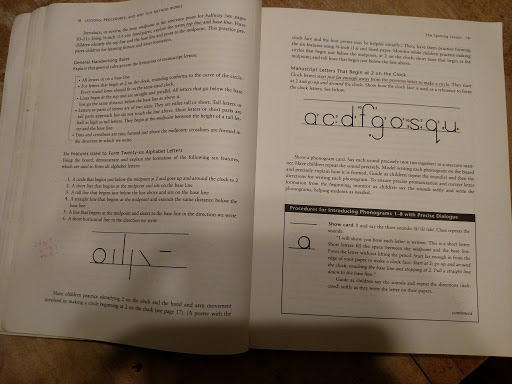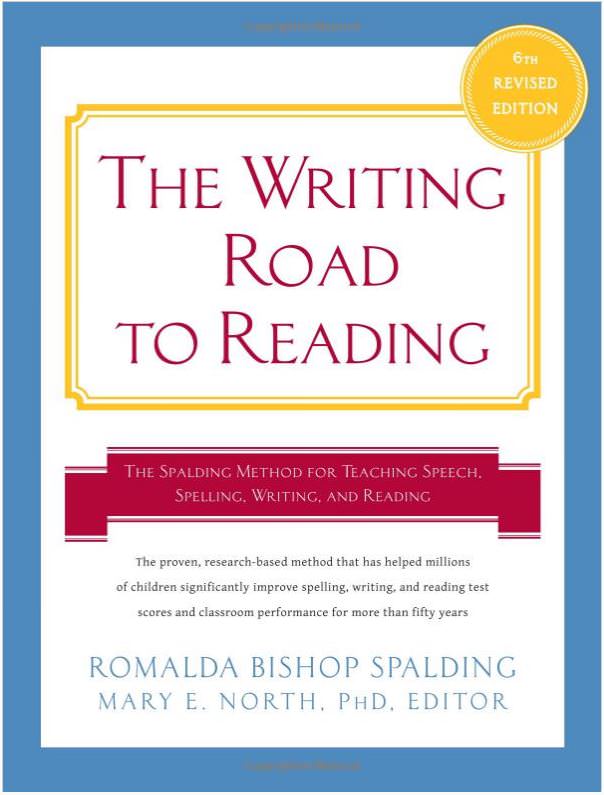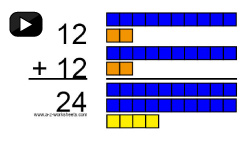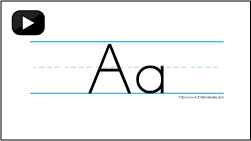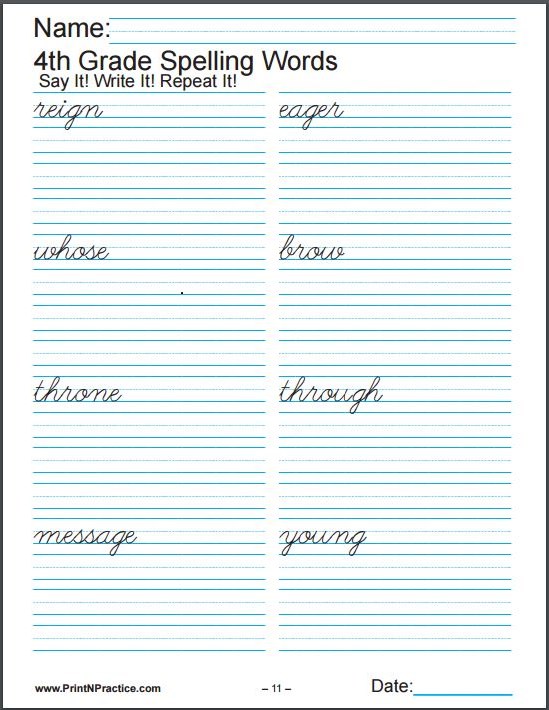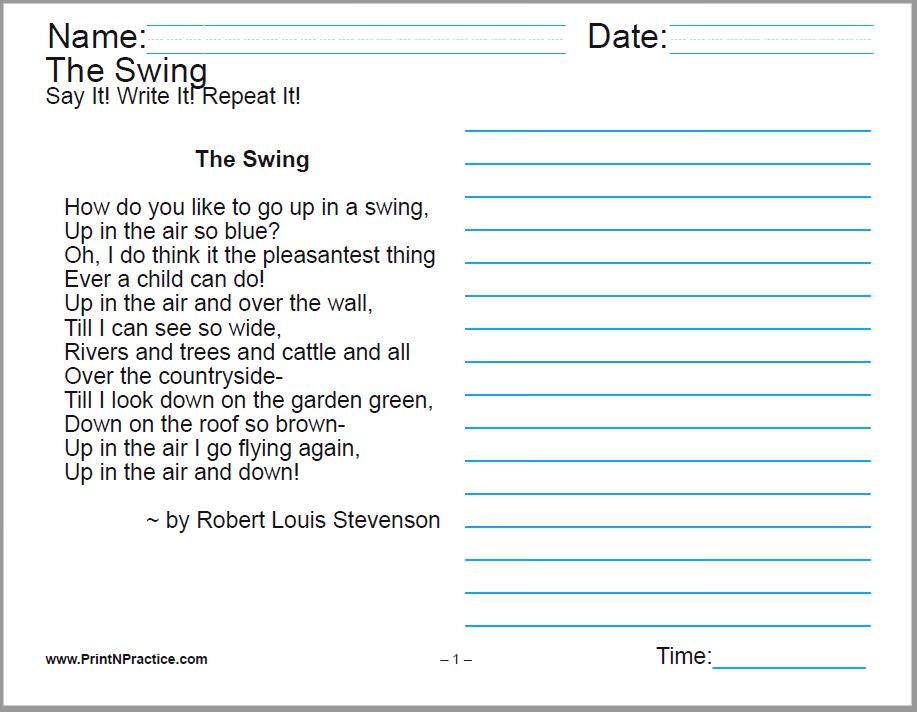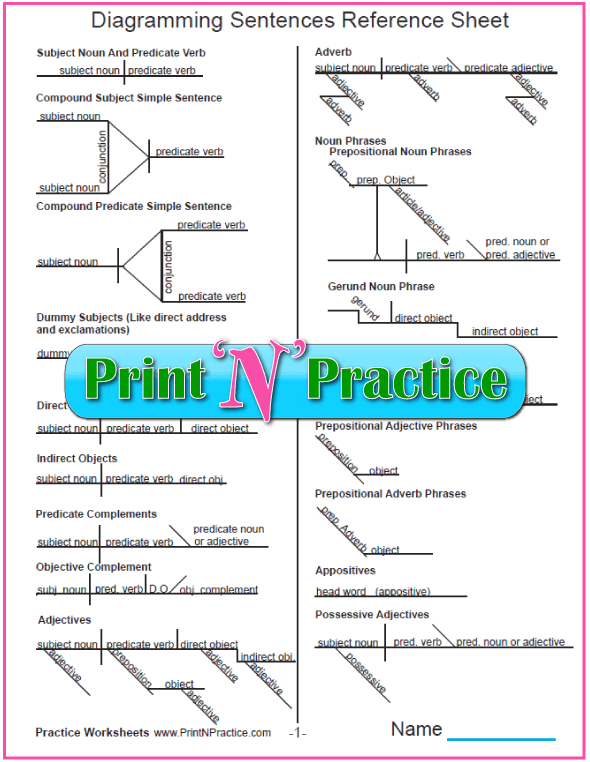Is Teaching Reading Skills Even Possible?
Is there really a system?
Yes! Teaching reading skills is so much easier when you know how to teach phonics using an Orton, Spalding, Gillingham, Sanseri method.
Which is the best reading program?
The real question is how to teach reading efficiently.
Well, you'll find that a good place to start is with the Orton programs that taught the others. One such is Romalda Spalding's Writing Road to Reading, or the WRTR.
Teaching Reading and Writing Combined
Basic Strokes
The joy of a phonetic language is that the letters say the sounds in words.
Once you teach your children the basic letter strokes, they can write the letters.
If you teach them to say the sounds as they write, they begin to sound out words.
For Dr. Orton, Mrs. Spalding and other phonetic teachers, there were only six basic strokes to learn for writing letters.
Learning Basic Reading Skills
After the single letter sounds are combinations of the letters with new sounds.
Once your children know the sounds and can recognize the multi-letter phonograms in words, they have the basic reading skills.
Phonics And Reading Rules
Then there are rules that govern the phonics sounds and give the reason for different uses of the letters and the sounds they make.
Simple.
Once you know them. :-)
Review of The Writing Road To Reading, 5th Edition By Romalda Spalding
The Writing Road To Reading (WRTR, 6th Ed.), by Mrs. Romalda Spalding and Dr. Mary North is the most thorough description of the way to teach both phonics and writing. It's also the most concise.
There's one book and you can use it from K-12.
You do not have to watch hours and hours of video (although that can be super helpful the first time - or take a class if you can).
I own several editions of the WRTR and found the 5th edition to be packed with the handiest reference appendices and exhaustive descriptions of "what to do". There's now a 6th edition.
Friends had recommended the Orton philosophy of teaching reading at the same time as teaching writing. I am so glad and I think you will be too.
I am so glad that I have not used a scattered program for "reading". My children are too.
Why?
Our faster children learned to read and write well quickly and without extra exercises.
Our slower children were not frustrated by odd exercises. Their reading made sense.
Dr. Mary North edited Mrs. Spalding's original WRTR book so that you can see how it meets the most aggressive school standards, yet also faithfully models the Orton-Spalding philosophy for teachers, parents, and homeschooling parents.
Spalding Education International says, "In The Writing Road to Reading, all elements of the language are integrated in spelling, writing, and reading lessons."
I agree.
Once you know the material in this book you're set for teaching phonics to any able bodied person with simple paper and pencil. A stick in the sand would work, too.
No other programs are necessary for the elementary years.
Teaching Reading Skills With Explicit Instruction
So many times, reading programs emphasize an "implicit" instruction.
Grief! No way. Implicit methods basically assume that new readers figure it out on their own. Again, no way. This is super hard on struggling readers.
Implicit instruction leaves so much to chance.
You've got to teach the children explicitly what the letters usually say and when they say different sounds.
This is teaching the phonograms. If you teach your children to write the letters as they say the sounds, they'll learn them way more easily.
With Spalding's WRTR the main tools are the phonograms (sounds of the letters and combinations) and the 29 phonics rules.
Compare this example of implicit instruction to explicit instruction to see the difference.
Implicit Instruction
- My little girl stands on a chair by the sink for years watching me wash the dishes. Supposedly, by being immersed in this environment she will know how to wash dishes.
- But guess what? Her first time washing the lunch plates she adds too much soap so that there are so many suds that it takes extra water to rinse the suds. She also splashes water out of the sink and on to the floor. She is then disappointed and discouraged because it was hard work and the result was not fun.
Explicit Instruction
- In two or three explicit lessons, I teach her to fill the sink half full, to put in the right amount of soap, and let her know that she wants to beware spilling water on the floor. I show her a time or two. I then watch as she follows my instructions and correct what she's doing wrong, and then I let her try it on her own.
- Her first time working on her own is a much happier event! She spends less time because the suds wash away easily and she does not have to clean the floor. Maybe it's not perfect, but much trouble is spared.
The principle is the same for teaching reading skills.
Spalding Method For Teaching Reading Skills
Mrs. Spalding constantly sought ways to make her method easier to teach and to learn. In The Spalding Method, instruction is explicit, systematic, interactive, diagnostic, and multi-sensory.
The success of The Spalding Method with diverse students, even those who have learning disabilities was just plain common sense the way I understood her first books. The new editions say it "is in large part due to the integration of scientifically-based content and methodology."
A better way to say it is that genuine science corroborates what Dr. Orton and Mrs. Spalding taught.
I am so glad for the explicit instruction that an Orton based phonics activity uses to improve all of the language arts skills for my beginning readers.
You can read the WRTR to learn how to teach the phonograms or the phonics sounds, the phonics rules, and how to incorporate other reading and writing instruction.
I believe that this one book, The Writing Road To Reading, can be super helpful teaching reading Pre-K to grade 6 in all of the language arts. It produces readers and writers of much higher grade levels than implicit programs using much less effort. This makes the Writing Road To Reading a very real bargain at any price.
If you can also take one of their many courses, you'll be that much further ahead teaching reading skills because it's so helpful to have a live human being showing you how to hold the pencil, how to set up the notebook, and how to say the sounds.
See our video of the 72 phonograms to learn how to say the phonogram sounds or to have your children review them.
Practice is one of Mrs. Spalding's hallmarks so be sure your children "Say it! Write it! Repeat it!"
Teaching Reading Skills With The WRTR
This book defines:
- Phonemic awareness
- Systematic phonics
- High-frequency vocabulary
- Word meanings and usages
- Word parts
- Grammar
- Composition
- Literary appreciation
- Text structure
- Fluency
- Listening
- Reading comprehension
All in one book. I heartily recommend Spalding's Writing Road to Reading for teaching reading skills. Simply read the book and then during the year do the gray and black blocks with the lists in the back.
About Romalda B. Spalding, Author of WRTR
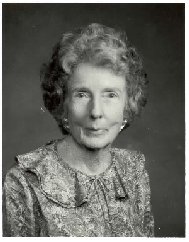 Mrs. Romalda Spalding
Mrs. Romalda SpaldingAlthough Romalda Spalding earned a bachelors degree from the University of Illinois and a masters degree from Columbia University, she discovered that her preparation for teaching reading skills was not adequate for teaching all children to read and write successfully. (Doesn't something like that happen to most of us?!)
Her search for a reading method that empowered children to become fluent, thoughtful readers and writers led her in 1938 to the distinguished neurologist, Dr. Samuel T. Orton. Dr. Orton specialized in helping dyslexic and other disabled children so he had a huge amount of advice for her.
After tutoring children under his supervision, Mrs. Spalding soon realized that the children taught using Dr. Orton's techniques experienced more success than her regular education students. I am so glad she persevered with this!
Drawing on what she learned from Dr. Orton and her own experience teaching children at Massachusetts General Hospital, Children's Hospital at Harvard Medical School, and public and private schools as a classroom teacher, she wrote the textbook, The Writing Road to Reading, first published in 1957.
Teaching Reading Skills With Other Orton Programs
See more about teaching reading skills using Orton programs at the bottom of our main Phonics page.
I think you'll like Spalding Education International, too. They have many helpful videos.
Buy the 6th Edition, WRTR at Amazon here.
See more phonics pages here (several with videos):

Mary Fifer, BSBA is webmaster, author, and researcher at PrintNPractice.com. She has created elementary school practice exercises using digital interactive worksheets. Printable and perfect for today's teachers, tutors, homeschoolers, and students!
Thank you for visiting and for sharing. :-)
Be encouraged to stay in touch! Join my free newsletter....
